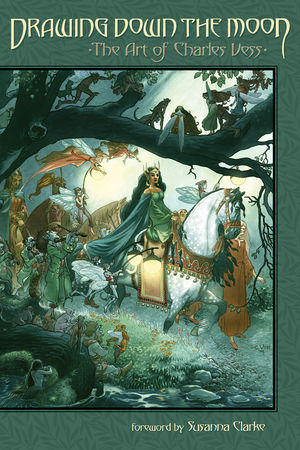Written On the Hearts of Men: Swords From the Desert
Thursday, October 8, 2009
posted by Deuce Richardson
These fragmentary histories were jotted down on “date leaves, bits of leather, shoulder blades, stony tablets or the hearts of men.” But, put into words by men born and bred to war who spent most of their lives in the saddle, the written hadith have a real ring to them. Here we find no lengthy memoirs, no monastery-compiled chronicles, or histories written long after events. We have the word-of-mouth narrative of men who were on the scene.
– Harold Lamb, in a letter to Adventure magazine, concerning the traditions of the Arabs.
While Swords From the Desert (Bison Books) is a light-weight in page-count when matched against its hefty companion volume, Swords From the West, it definitely holds its own in quality. Weighing in at a “mere” three hundred and seven pages, it’s crammed full with the timeless adventure tales for which Harold Lamb should be more justly renowned.















